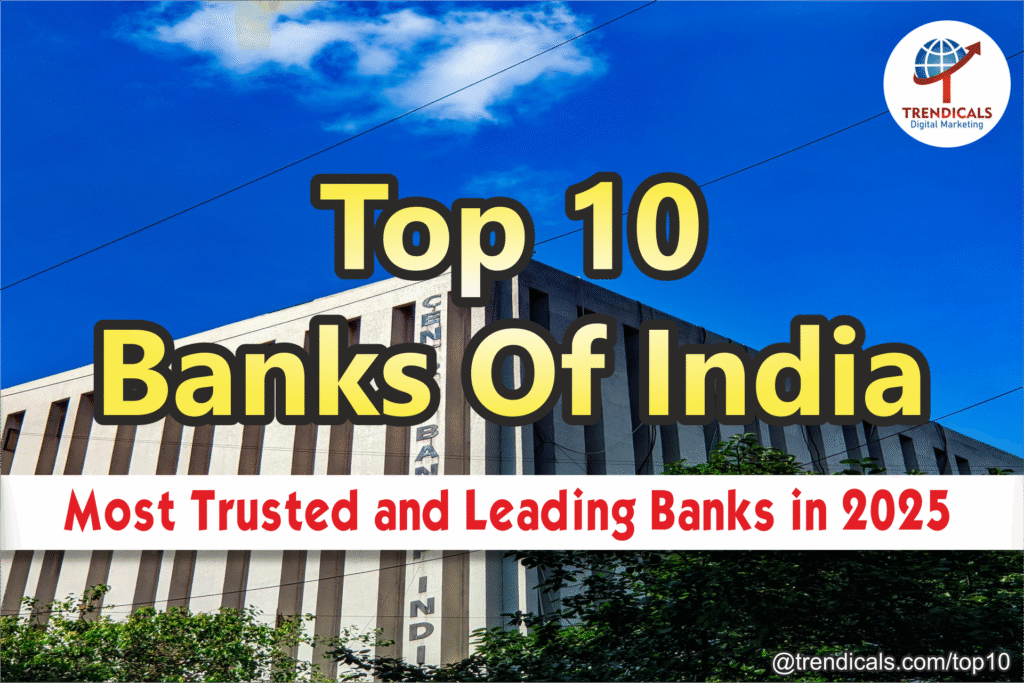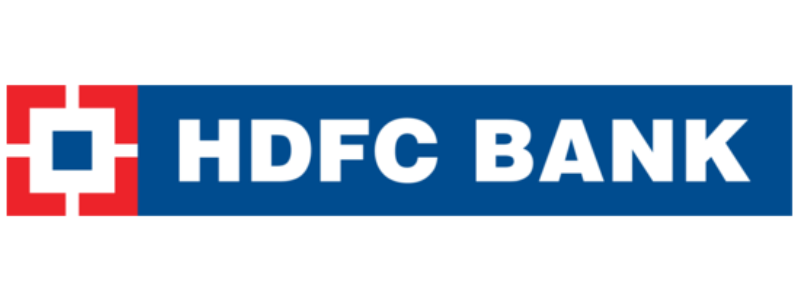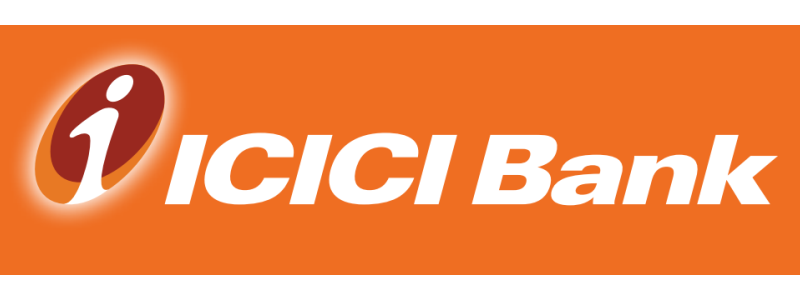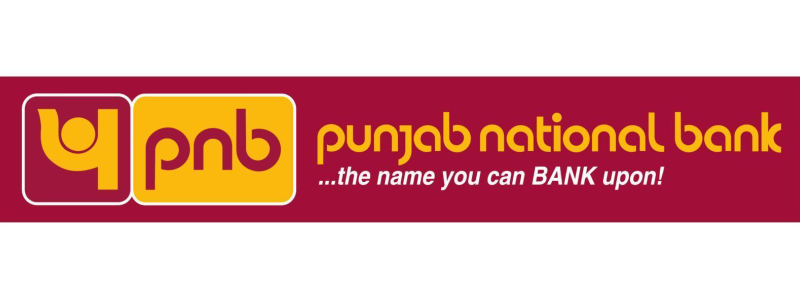The Indian banking sector has undergone a massive transformation in the past decade, adapting to digital revolutions, tightening regulations, and the ever-increasing expectations of the modern consumer. In 2025, choosing the right bank isn’t just about finding a place to deposit your salary—it’s about security, technology, convenience, and long-term growth.
In this blog, we’ll dive deep into the top 10 banks of India based on their market performance, customer satisfaction, digital innovation, and trustworthiness. Whether you’re looking for a bank to open a savings account, get a home loan, or invest for the future, this guide is your go-to reference.
Let’s explore the most reputable and high-performing banks of India today.
Top 10 Banks Of India (2025)
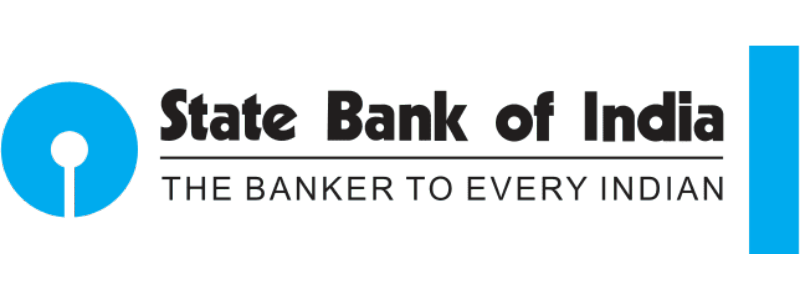
1. State Bank of India (SBI)
-
Total Assets: ₹6,179,694 Cr
-
Revenue: ₹159,876 Cr (Net Interest Income)
-
Net Income: ₹70,901 Cr in FY25 (16.1% YoY growth)
-
NIM: ~3.00% (Q4 FY25)
-
CASA: ~40.70%
-
Gross NPA: ~1.82% (reduced from 2.24%)
- Website: www.onlinesbi.com
Overview
When you talk about banking in India, State Bank of India (SBI) is the first name that usually comes to mind. Being the largest public sector bank, it has over 22,000 branches and 62,000+ ATMs across the country. Its presence isn’t limited to India—it operates in over 30 countries, making it a true global financial institution.
Key Features & Services
-
Wide range of services: retail banking, corporate banking, loans, mutual funds, wealth management, and digital services.
-
SBI YONO App: A revolutionary all-in-one platform for banking, shopping, and investing.
-
Rural banking initiatives and loan schemes catering to every section of society.
-
High ATM penetration across both urban and rural India.
Why SBI Tops the List
SBI combines legacy with innovation. With government backing and a commitment to inclusion, it plays a critical role in driving India’s economic growth. It’s not just the biggest—it’s often seen as the most reliable, especially in times of financial uncertainty.
Whether you’re opening your first savings account or handling corporate transactions, SBI remains a strong, trustworthy choice.
2. HDFC Bank
-
Total Assets: ₹3,617,623 Cr
-
Revenue: ₹320,700 Cr NII (Q4 FY25)
-
Net Income: ₹176,160 Cr in Q4 FY25
-
NIM: ~3.54% on total assets ● ~3.65% on earning assets
-
CASA: ~38.18%
-
Gross NPA: ~1.33% (improving)
- Website: www.hdfcbank.com
Introduction
Established in 1994, HDFC Bank has become synonymous with efficiency, cutting-edge technology, and premium customer service. As the largest private sector bank in India by assets and market capitalization, it sets the standard in digital banking.
Strengths & Digital Innovations
-
Known for net banking, mobile banking, and 24/7 customer support.
-
HDFC PayZapp and SmartHub platforms are tailored for personal and business banking.
-
Offers a wide portfolio including personal loans, business finance, cards, and investment services.
-
Minimal downtime and strong cybersecurity measures.
Customer Satisfaction & Market Presence
HDFC has consistently ranked high on customer satisfaction indices. It has over 6,500 branches and 18,000+ ATMs across India. Its elite banking service for HNIs (High Net-worth Individuals) through HDFC Imperia adds a premium touch to its offerings.
The blend of technology and service makes HDFC a top choice for urban and semi-urban customers.
3. ICICI Bank
-
Total Assets: ₹1,871,514 Cr
-
NII: ₹74,306 Cr
-
NIM: 4.53%
-
Gross NPA: 2.26%
-
Net Income: ₹126.30 B (~₹12,630 Cr) Q4 FY25
- Website: www.icicibank.com
Company Profile
ICICI Bank, established in 1994, is another heavyweight in India’s private banking landscape. Known for its aggressive digital transformation, it has stayed ahead of the curve with AI-driven solutions, virtual banking, and contactless services.
Tech-Driven Banking
-
ICICI iMobile Pay App is among the best-rated mobile banking apps in the country.
-
The bank uses AI for fraud detection, customer service bots, and personalized recommendations.
-
ICICI Stack: A complete digital banking ecosystem for individuals and businesses.
Key Performance Indicators
With over 5,900 branches and a net profit soaring past ₹45,000 crore in FY24, ICICI is financially robust. Its focus on NRI banking, SME finance, and wealth management gives it a diversified edge.
It’s ideal for tech-savvy users, business owners, and investors who prefer seamless digital operations.
>>>Top 10 Health Insurance Companies In India (Click here to read the article)
4. Punjab National Bank (PNB)
-
Total Assets: ₹1,561,835 Cr
-
NII: ₹40,083 Cr
-
NIM: ~7.71% (remarkably high)
-
Gross NPA: 5.73%
- Website: www.pnbindia.in
Historical Significance
Founded in 1894, Punjab National Bank (PNB) is one of the oldest and most respected public sector banks in India. It played a pivotal role during India’s freedom struggle and has been a steady presence in the financial world ever since.
Financial Performance
PNB has shown significant recovery since its merger with Oriental Bank of Commerce and United Bank of India in 2020. With over 12,000+ branches, it now ranks as the second-largest public sector bank in terms of branch network.
Market Position in 2025
Despite earlier setbacks, PNB has reestablished itself through:
-
Aggressive NPA recovery
-
Adoption of fintech partnerships
-
Improved customer service portals
-
Expanded loan services for agriculture and MSMEs
It’s a solid choice for those seeking a balance between legacy and modern-day efficiency.
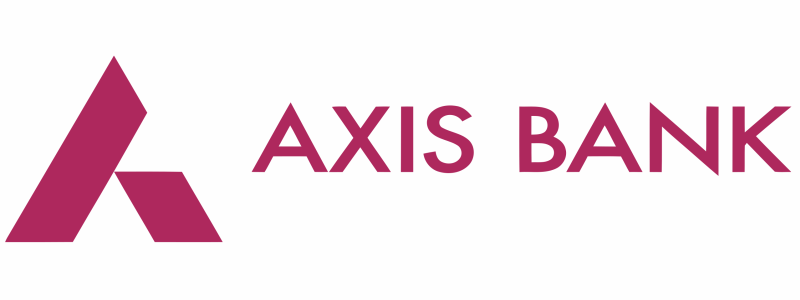 5. Axis Bank
5. Axis Bank
Overview & Branch Network
-
Total Assets: ₹1,477,209 Cr
-
NII: ₹49,894 Cr
-
NIM: 4.07%
-
Gross NPA: 1.43%
-
CASA: ₹459,401 Cr (~43%)
- Website: www.axisbank.com
Axis Bank, formerly UTI Bank, is now one of India’s top private banks with over 5,000 branches and a strong international footprint. It caters to a wide segment—from middle-income families to multinational corporations.
Digital Banking Services
-
Axis Mobile and Axis OK banking platforms
-
Personal finance management tools integrated with AI
-
Partnerships with Flipkart, Google Pay, and more
Axis is continuously evolving with smarter, faster services that resonate with the digital-native generation.
Consumer Trust & Business Growth
Axis Bank has built a reputation for competitive loan offerings, easy-to-use credit cards, and premium services through Axis Burgundy. Its profitability and customer-first approach have made it a go-to bank for millions of Indians.
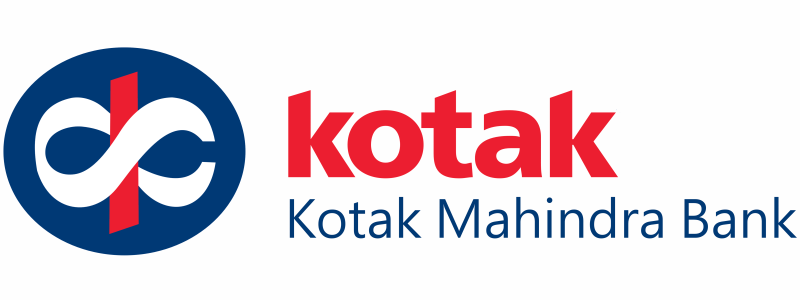 6. Kotak Mahindra Bank
6. Kotak Mahindra Bank
-
Total Assets: ₹600,357 Cr
-
NII: ₹25,993 Cr
-
NIM: 5.28%
-
Gross NPA: 1.39%
-
CASA: 45.5%
- Website: www.kotak.com
Background & Ownership
Kotak Mahindra Bank began its journey as a non-banking finance company in 1985 and became a full-fledged bank in 2003. What sets it apart is that it was the first NBFC in India to receive a banking license from the Reserve Bank of India (RBI). Headquartered in Mumbai, it is helmed by renowned banker Uday Kotak, and it’s known for its financial prudence and innovative services.
With a growing footprint, Kotak Mahindra now operates over 1,800 branches and more than 2,800 ATMs across India. Despite being smaller in size compared to its peers, it punches above its weight in customer experience and profitability.
Unique Offerings
-
Kotak 811: A completely digital, zero-balance savings account, launched in response to demonetization. It revolutionized mobile banking in India.
-
Personalized investment options including mutual funds, SIPs, and portfolio management services.
-
Efficient credit card and loan approval systems with real-time status updates.
-
Kotak Neo: A feature-rich trading platform for retail and advanced investors.
Why It’s a Top Choice
Kotak’s approach has always been tech-first and customer-centric. While it may not have the reach of SBI or HDFC yet, it is arguably one of the most agile and responsive banks in India. The bank also scores high in asset quality, customer satisfaction, and innovation—making it ideal for young professionals and urban customers who value speed and personalization.
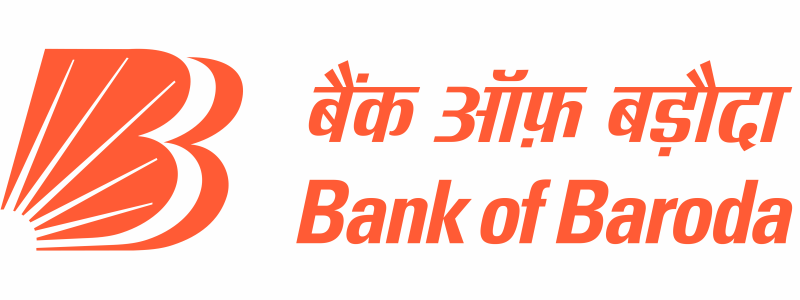 7. Bank of Baroda (BoB)
7. Bank of Baroda (BoB)
-
Total Assets: ₹1,585,797 Cr
-
Revenue/NII: ₹44,721 Cr
-
Gross NPA: 2.92%
- Website: www.bankofbaroda.in
Bank Overview
Bank of Baroda, or BoB, is one of the largest public sector banks and known as the “India’s International Bank.” It was established in 1908 and has maintained a strong global presence with branches in over 25 countries. With the recent amalgamation of Dena Bank and Vijaya Bank into BoB, it has significantly expanded its reach and assets.
It now boasts a network of 8,000+ branches and 11,000+ ATMs, serving millions of customers both in India and abroad.
Mergers and Expansion
The merger with Dena and Vijaya Bank in 2019 helped BoB emerge as one of the top three public sector banks in terms of business volume. This consolidation gave it a stronger rural and semi-urban presence and improved its capital base.
Key developments post-merger:
-
Streamlined operations and product portfolios.
-
Enhanced digital capabilities across mobile and net banking platforms.
-
Unified customer service and grievance redressal system.
Performance Metrics
BoB has focused heavily on digitization and fintech tie-ups. Its mobile app, BoB World, now offers end-to-end digital banking with personalized dashboards. Its retail loan book has grown steadily, especially in housing and vehicle segments.
Bank of Baroda is a great option for customers looking for a well-rounded public sector bank with modern features and international presence.
>>>Top 10 Chief Minister Health Insurance Schemes In India (Click here to read the article)
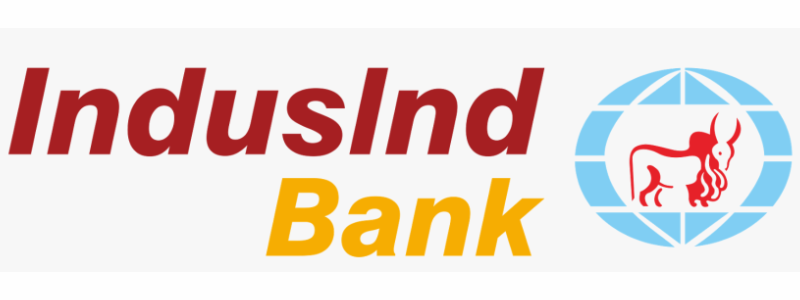 8. IndusInd Bank
8. IndusInd Bank
-
Total Assets: ₹514,935 Cr
-
NII: ₹20,616 Cr
-
NIM: 4.28%
-
Gross NPA: 1.92%
- Website: www.indusind.com
Brief Introduction
IndusInd Bank, launched in 1994, is a relatively newer entrant but has quickly made a name for itself in the private sector. Named after the Indus Valley Civilization, the bank aims to blend ancient values with modern banking needs.
It caters heavily to urban customers and businesses, with over 2,600 branches and 2,800+ ATMs in India, along with a presence in international markets like the UK and Dubai.
Private Banking Focus
IndusInd Bank has built a strong reputation in areas like:
-
Retail and commercial banking
-
Vehicle finance and microfinance
-
Foreign exchange and NRI services
-
Premium services like Indus Exclusive and Indus Select
It offers top-tier internet and mobile banking apps and also provides voice-enabled banking via Alexa and Google Assistant.
Strength in Retail and SME Sectors
The bank has expanded its retail portfolio with personal and education loans, digital credit cards, and financial planning services. In the SME segment, it offers tailored solutions including working capital finance, trade services, and cash management.
IndusInd’s technology-forward mindset and focus on high-quality customer service make it one of the rising stars in the Indian banking sector.
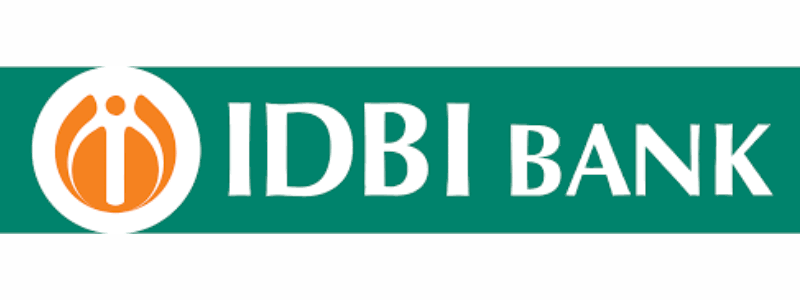 9. IDBI Bank
9. IDBI Bank
-
Total Assets: ₹4.11 lakh crore (₹4,11,661 Cr)
-
Net Interest Income (Revenue): ₹34,059 Cr
-
Net Income (Profit after Tax): FY 25: ₹7,515 Cr (33% YoY growth)
-
CASA Ratio: ~46.6%
-
Gross NPA: ~2.98%
-
Website: www.idbibank.in
Institutional Legacy
IDBI Bank has an interesting journey. Initially established in 1964 as a development financial institution, it was converted into a full-service commercial bank in 2004. Today, it is categorized as a private bank after the acquisition of a majority stake by LIC (Life Insurance Corporation of India).
Financial Restructuring
IDBI has undergone extensive restructuring in recent years. After struggling with high NPAs (non-performing assets), it embarked on a turnaround journey supported by LIC and government reforms. Its improved operational performance and renewed focus on retail banking have started yielding positive results.
Recent improvements include:
-
Asset quality stabilization
-
Increased CASA (Current Account Savings Account) deposits
-
Stronger balance sheet and reduced bad loans
Present-Day Positioning
While still not as dominant as the top five, IDBI Bank is regaining customer trust. It offers an array of digital services including mobile banking, e-wallets, and UPI-enabled payments. It’s particularly strong in bond issuance and corporate banking.
IDBI is a good pick for conservative investors and customers who prefer LIC-backed institutions.
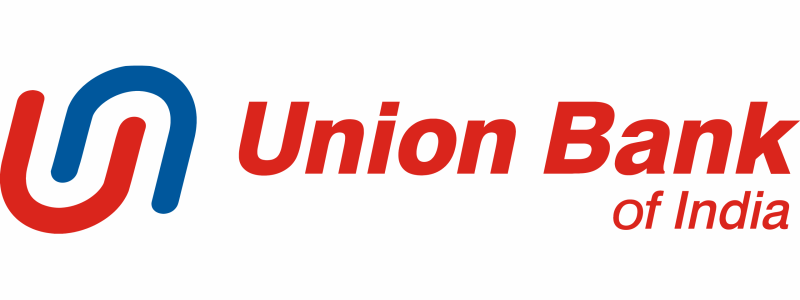 10. Union Bank of India
10. Union Bank of India
-
Total Assets: Approximately ₹22.93 lakh crore
-
Revenue (Total Income): ₹1,29,978 Cr for FY25 (10% YoY growth)
-
Net Income (Profit After Tax): ₹17,987 Cr in FY25 (32% YoY increase)
-
Gross NPA Ratio: 3.60% as on March 31, 2025 (down from ~4.76%
-
Website: unionbankofindia.co.in
Public Sector Standing
Union Bank of India is another stalwart in the public banking space. Founded in 1919, it became one of the largest PSBs (Public Sector Banks) after its merger with Andhra Bank and Corporation Bank in 2020. It currently has over 9,500 branches and a significant overseas footprint.
Digitalization and Outreach
Union Bank has gone digital in a big way, investing in:
-
UnionNXT mobile app
-
UPI and IMPS-based services
-
Instant loan disbursements and online KYC verification
-
AI-powered customer support and chatbots
Competitive Advantages
What sets Union Bank apart is its deep penetration in rural India, competitive interest rates on loans and deposits, and strong government support. It offers everything from agricultural loans and MSME credit to NRI services and government welfare scheme integrations.
For customers looking for a traditional bank with strong roots and future-ready tech, Union Bank of India is a solid contender.
>>>Top 10 Best LIC Plans for Guaranteed Return (Click here to read the article)
Factors to Consider While Choosing a Bank in India
Choosing a bank isn’t just about popularity or size—it’s about how well it fits your specific needs. Whether you’re looking for a simple savings account, high returns on deposits, or efficient online services, there are several key factors to consider.
Interest Rates
-
Savings Accounts: Some private banks like Kotak and IDFC offer higher interest rates than traditional public banks. Even a 1% difference can make a big impact over time.
-
Fixed Deposits (FDs): If you’re looking for secure investments, compare FD rates across banks. Private banks may offer marginally better rates, but public sector banks are generally more stable.
-
Loan Rates: Always compare home loan, car loan, and personal loan rates. HDFC and SBI are known for competitive housing loan interest rates.
Always check the annual percentage rate (APR), processing fees, and hidden charges before locking in a bank loan or deposit.
Customer Service
Good customer service can make or break your banking experience. Consider:
-
Availability of toll-free support lines
-
Branch network accessibility
-
Social media and email responsiveness
-
In-app and chatbot assistance
Private banks tend to be more proactive, while public banks have been catching up with digital customer service in recent years.
Accessibility and Online Features
Today’s customers want everything at their fingertips. So, make sure your bank offers:
-
A stable and feature-rich mobile app (like YONO by SBI or iMobile by ICICI)
-
24/7 access to online banking services
-
UPI integration and digital wallets
-
Easy-to-use platforms for bill payments, fund transfers, and card management
Also, consider the ATM network size, branch proximity, and multilingual support for rural or elderly customers.
How We Ranked These Banks
With dozens of banks operating in India, how did we zero in on the top 10? Our rankings are based on a combination of qualitative and quantitative factors designed to reflect the real-world experience and value offered to Indian customers in 2025.
Methodology
We used a combination of:
-
Public financial data (from RBI and annual reports)
-
Market capitalization and profit margins
-
Customer reviews and ratings on forums, Google, and app stores
-
Digital adoption score based on app functionality and user interface
-
Service diversity and geographic coverage
-
Global presence and partnerships
Banks that consistently scored high across all categories earned their place on this list.
Evaluation Criteria
-
Trust & Reputation: Has the bank been involved in scandals or major issues recently? Does the public trust it?
-
Digital Capabilities: Is the bank mobile-first? Does it offer contactless banking, paperless KYC, and automation?
-
Accessibility: How easy is it for customers across India to access banking services?
-
Product Range: From basic accounts to insurance, mutual funds, loans, and forex—does the bank provide it all?
-
Customer Feedback: Are users satisfied with service delivery, transparency, and complaint resolution?
By focusing on these areas, we’ve made sure our ranking is not only fair but incredibly useful for readers like you.
Final Thoughts
Banking in India is no longer about waiting in lines or passbooks—it’s about speed, reliability, innovation, and convenience. As we navigate through 2025, digital-first solutions, customer experience, and financial strength are redefining what makes a great bank.
From SBI’s nationwide reach to HDFC’s digital power, and from Kotak’s innovation to PNB’s legacy, each bank offers something unique. Whether you prioritize trust, tech, or returns, the top 10 banks listed here are leading the charge.
Pick a bank that aligns with your personal or business goals. The good news? With the competition so tight and technology evolving so fast, most of India’s top banks are raising the bar every year.
FAQs
1. Which is the No.1 bank in India?
In terms of assets, customer base, and branch network, State Bank of India (SBI) holds the No.1 position in India. However, HDFC Bank leads in private sector banking and digital services.
2. Which bank offers the best customer service?
HDFC Bank and Kotak Mahindra Bank consistently top customer service rankings, thanks to their 24/7 support, quick query resolution, and intuitive mobile apps.
3. Are private banks better than government banks?
It depends on what you value. Private banks offer faster services and better tech, while public banks like SBI and PNB provide broader reach, especially in rural areas, and higher security in terms of government backing.
4. What are the safest banks in India?
Banks like SBI, HDFC, ICICI, and Kotak Mahindra are considered among the safest due to their financial stability, low NPA levels, and strong regulatory compliance.
5. How to choose the right bank for personal savings?
Consider factors like:
-
Interest rates
-
Minimum balance requirements
-
Mobile banking options
-
Customer support
-
Ease of account opening
Digital-first banks like Kotak 811 and ICICI offer quick setups, while traditional banks like SBI provide wide access and trust.
Please don’t forget to subscribe us for more trending top 10 things in different fields
Please don’t forget to leave a review.readin th
